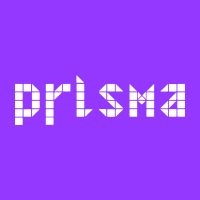Why do some promotions have no impact on sales?
- Has your company ever run a promotional campaign, only to find that, after months of planning, the display materials have been placed incorrectly, in the wrong spot, with the wrong product or there is overlap between promotions?
- According to Harvard Business Review, 60% of promotional displays are flawed and more than half of promotions have no impact on sales. For your company, being able to identify potential campaign errors can be the difference between a promotion being a complete success or a waste of money.
- In the following Blog article we will look at the main challenges retailers face when creating their promotional strategy.
-
What are the challenges that retailers face around promotions?
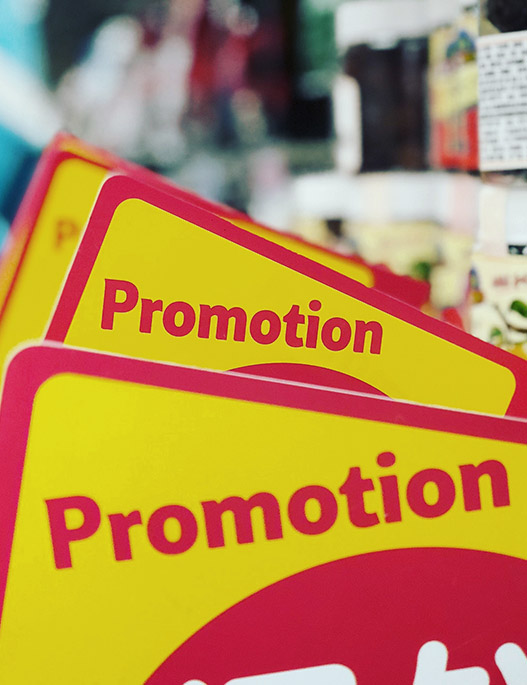
- 1. Combination of multiple (and complex) promotions in a single campaign. What happens when a customer wants to take advantage of more than one available discount, or combine promotions? Many systems are unable to accurately calculate complex promotions in real time and do not support the combination of several promotions in a single transaction. The result is an unhappy customer, a frustrated employee and a possible lost sale.
- 2. Promotion implementation across multiple sales channels. Retailers rely on different operational systems to manage the promotional strategy in their sales channels. For example, they have one system for their e-commerce channel and another for their physical shops. Having decentralized systems is time-consuming and inefficient because, if the retailer wants to offer the same promotion in multiple channels, staff has to re-enter the data into each POS system. This alternative leaves retailers with fewer options to strategically tailor offers and hinders the analysis and centralization of data.
- 3. Increasing margins and measuring ROI Offering a leading product at a price lower than stipulated may be an efficient strategy for some retailers but the overall objective of promotions is to stimulate sales while increasing margins and positioning the company. In many retailers' operating systems, the analysis of promotional data is difficult. That is, there is little information about which promotions are the most effective, which customers generate the most revenue, and whether loyalty and rewards programs are profitable for the company.
- 4. Management of loyalty and rewards programs The loyalty and rewards programs are methods acquired to increase and maintain customer loyalty. Many companies lack comprehensive reporting tools to accurately measure the performance of their loyalty programs. Launching a loyalty and rewards program requires an investment of time, creativity and money, so it must meet the expectations of both the consumer and the retailer. Retailers need data to understand whether loyalty and rewards programs actually increase customer purchase frequency and sales.
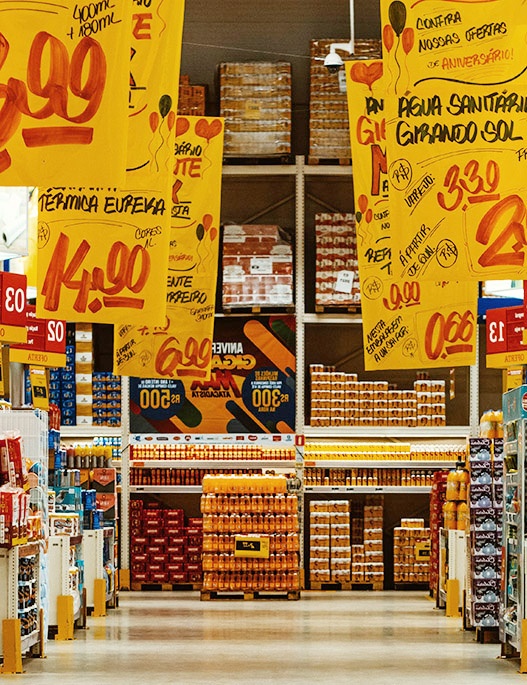
-
A solution to optimize promotional campaigns
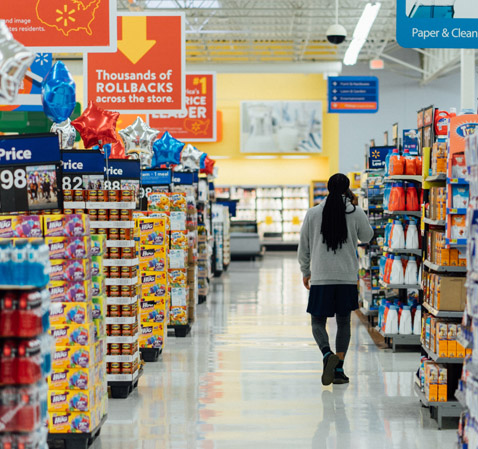
- Promotions are a critical aspect for retailers, so they must be managed in an efficient and flexible manner to ensure a continuous return on investment.
- Without promotion management software, companies can face poor execution of promotion plans. This can lead to lost sales, additional costs, reduced store profits and a negative impact on balance sheets.
- With Prisma Promotions you can measure the success of your campaigns while eliminating the possibility of operational errors. Besides, Prisma suggests different promotional dynamics to generate more traffic and increase the average ticket amount. Thus, you will be able to measure results comparing pre and post-promotional sales and marketing investment to calculate the incremental profitability of each promotion.
-
Let's review some of the promotional mechanics that can be measured:
- Direct Discount: This is a type of mechanics in which we can define a monetary value or percentage that will be applied to the final price paid by the customer. It is used for example to indicate promotions such as "30% discount on..." or "$150 discount taking...”
- Get A pay B: This is discount mechanics, where A are the units to be purchased by the customer and B are the units to be paid by the customer. It is used for example to indicate promotions such as 2x1, 3x2, 4x3...
- Discount x Quantity: This is discount mechanics that apply if we purchase more than one unit of the same product. It is used for example to indicate promotions such as “80% discount on the 2nd unit".
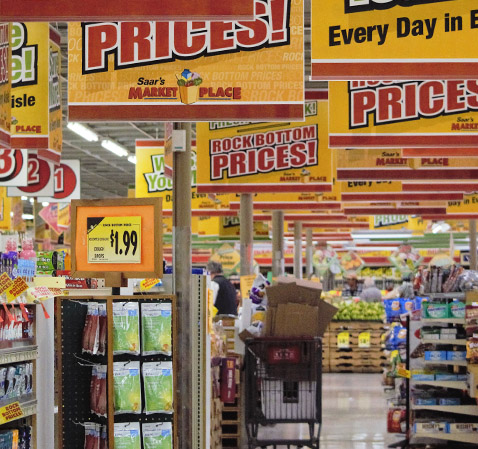
-
And in turn, with Prisma Promotions we can define some conditions and restrictions for the promotional action.
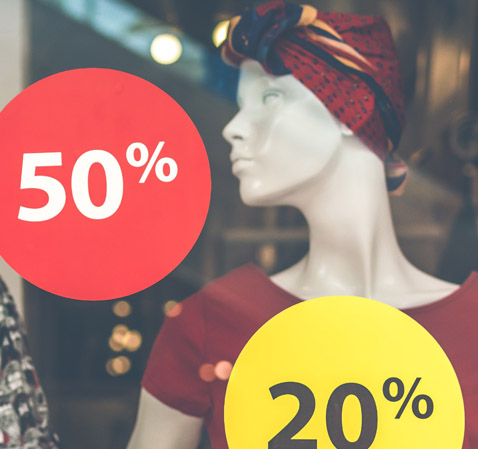
-
Restriction per Units:
◦ Maximum Quantity: Indicates the maximum units that the customer can purchase with the discount. Above this value, the units will not be eligible for the promotion.
◦ Minimum Quantity: Indicates the minimum units that the customer must buy for the discount to apply. Example: If the action is "15% discount if you buy 3 units", here we must enter the number "3". - Restriction per Amount: When activated, the Minimum Quantity and Maximum Quantity fields are enabled.
- Minimum Monetary Value: Indicates the minimum monetary value that the customer must purchase for the promotion to apply. Example: If the action is "10% discount on purchases over $1,000", here we must enter the number "1,000". If this amount is not reached, the discount does not apply.
- Maximum Monetary Value: Indicates the maximum monetary value that the customer can purchase for the promotion to apply. Above this amount, the discount will not be applied to the purchase surplus. Example: If the action is "10% discount on purchases up to $1,000", here we must enter the number "1,000". If the purchase is $1,500, the $500 will not have the 10% discount.
- Conclusion
- Promotions can be powerful tools for both retailers and producers to increase sales and inspire higher levels of customer loyalty. The key is to be able to establish attractive and effective promotional mechanics, and to have the data necessary to leave behind the old practices of "ideal price guessing". With the right tools and approach, retailers can deliver a unified shopping experience, nurture the brand-customer relationship in an omnichannel environment and take advantage of every sales opportunity.

You may also be
interested in.
Marketing Team
How to use AI to optimize your article master?
In the following blog post, we will analyze the use of artificial intelligence to optimize product classification in the retail industry.
Marketing Team
Planograms: the importance of Retail Space Planning
In the following blog post, we will discuss the role of planograms in retail space optimization.
Marketing Team
How Data Science and AI are transforming Supermarkets
In the following Blog post we will discuss how Data Science and Artificial Intelligence are transforming the consumer shopping experience and supermarket operations.
Marketing Team
Top 5 AI algorithms applied in retail
In the following Blog post we will analyze what Data Science is and what are the Top 5 algorithms applied in retail today.
Marketing Team
Are dark stores the future of retail?
In the United States, as a result of the pandemic, retailers were forced to expand their business through ecommerce, increasing the trend towards the creation of 'Dark Stores'.
Marketing Team
The 4 omnichannel challenges that retailers must solve
The current pandemic has retailers looking for investments to deliver an efficient omnichannel experience.
Marketing Team
How to extract the most value from your retail data
Nowadays, companies have a countless amount of data to process, both internal and external. The secret lies in analyzing the data correctly and making the right business decisions.
Marketing Team
Goodbye 2020: top 5 lessons you leave behind.
2020 has been a difficult year full of challenges for everyone. But it has left behind a series of learnings that every retail company should consider adding to 2021 strategic planning.
Victoria Hearne
Is your pricing strategy not working? These could be the 4 reasons
Choosing a pricing strategy is one of the biggest challenges for any business, as it is the result of complex calculations, research, understanding, and the ability to take risks.
Gustavo Sappia
Leading Colombian pharmacy chain implements Pricing and Space Planning modules
One of the leading pharmacy chains in Colombia, owning 960 stores nationwide and selling more than 20,000 products, pursued a digital transformation that would allow coping with typical retail problems and increasing its profitability.
Lucas Migliano
Common Retail Tech implementation objections
Let’s face it, all companies need to transform themselves in some part of their life cycle, however this doesn’t mean that implementing a new software or a new process should be easy.
Micaela M. Kulesz
COVID-19:
Let's buy it all NOW!
Fights, despair, anxiety, and many other emotions are being exposed in retail stores nowadays. We all have seen images and videos of consumers stocking (or stalking?) toilet paper and other goods in most countries hit by the COVID-19, suggesting the apocalypse of basic goods.
Micaela M. Kulesz
“Canastas de Alimentos” : listas para comprar en un solo click
Con el comienzo de la cuarentena sobrevinieron importantes cambios de hábitos en el comportamiento del consumidor. La principal tendencia observable, es la manera en que el comercio online fue ganando terreno por sobre las tiendas físicas.
Lucas Gorganchian
Price Perceptions, Consumer Choices and the Compromise Effect
António Damásio, in his book “Descartes' Error,” states that emotions both guide and bias behavior and decision-making. One of the examples he uses is called the Compromise Effect, a behavioral phenomenon by which customers often choose the mid-priced option to protect themselves from making a bad choice.
